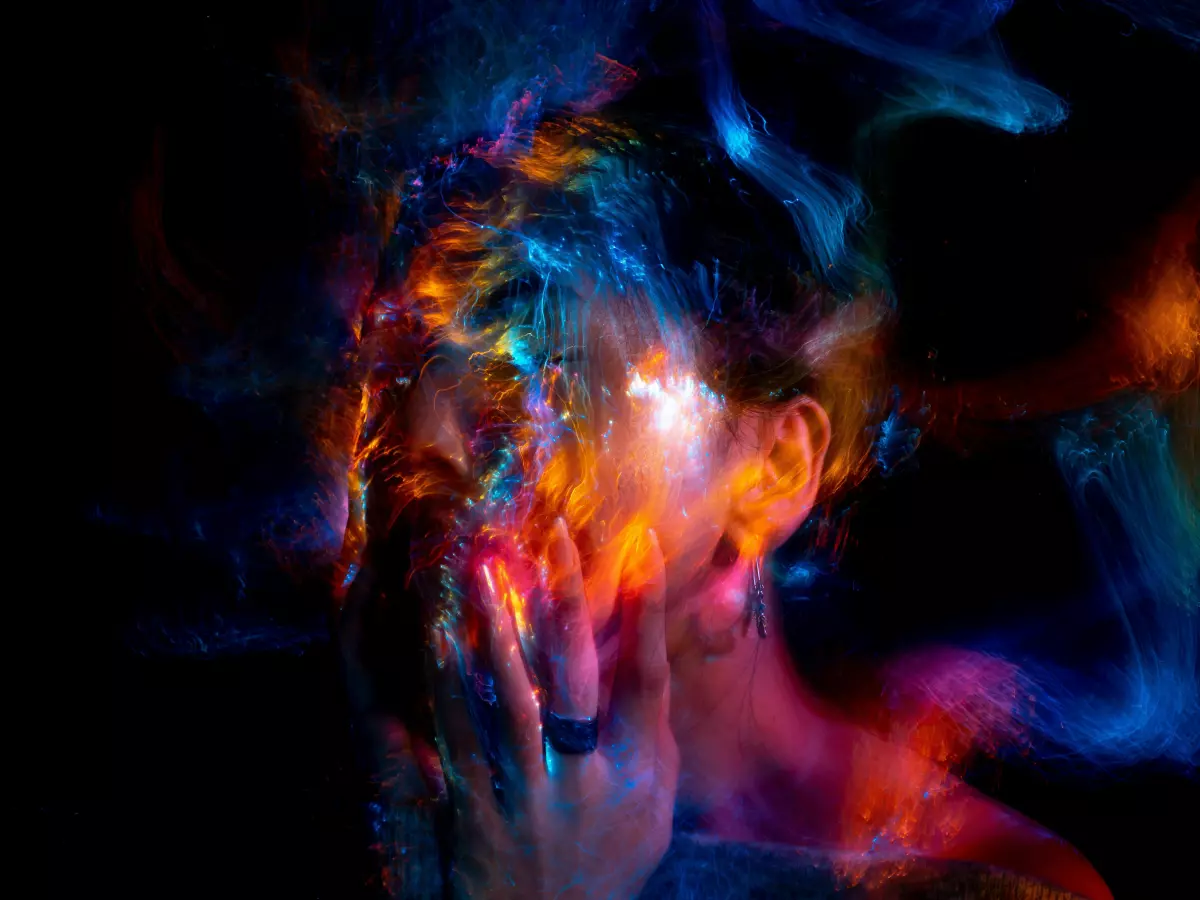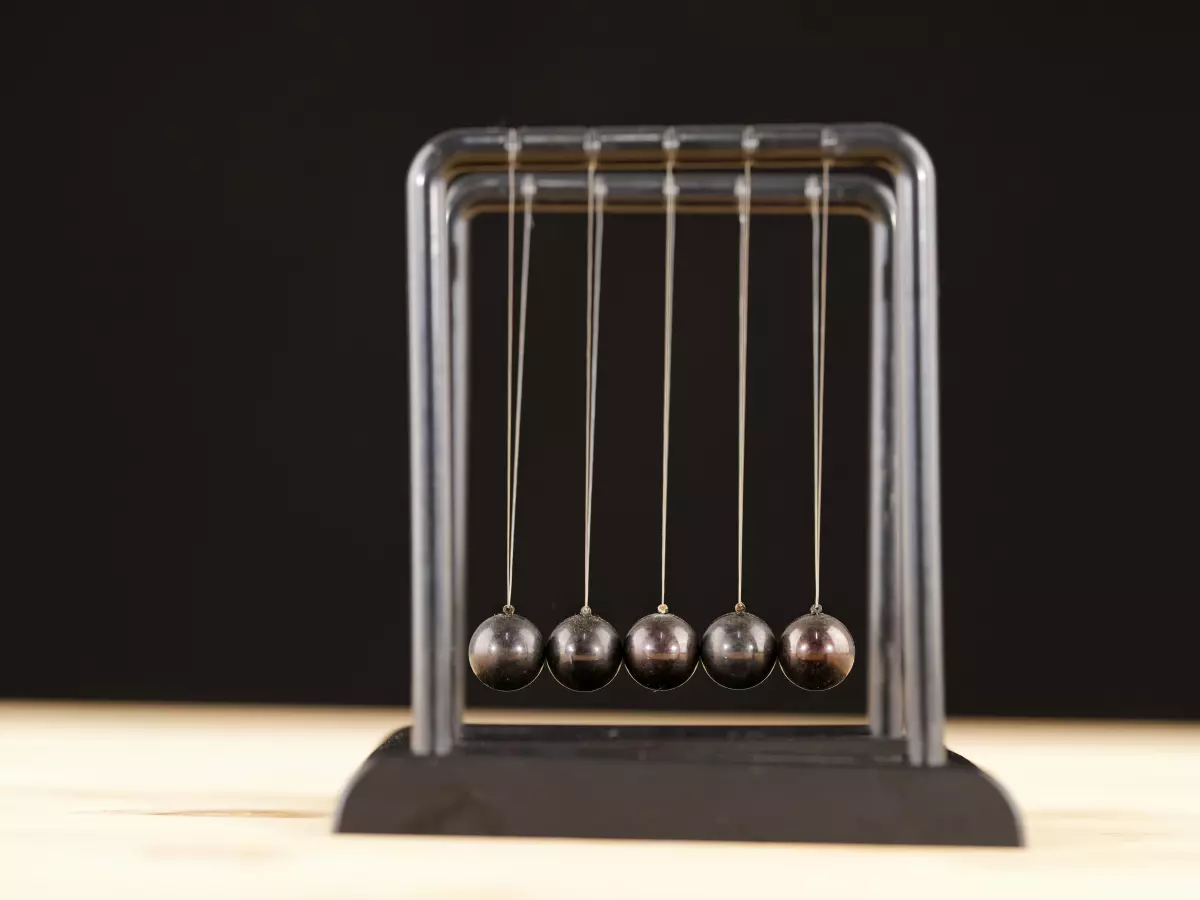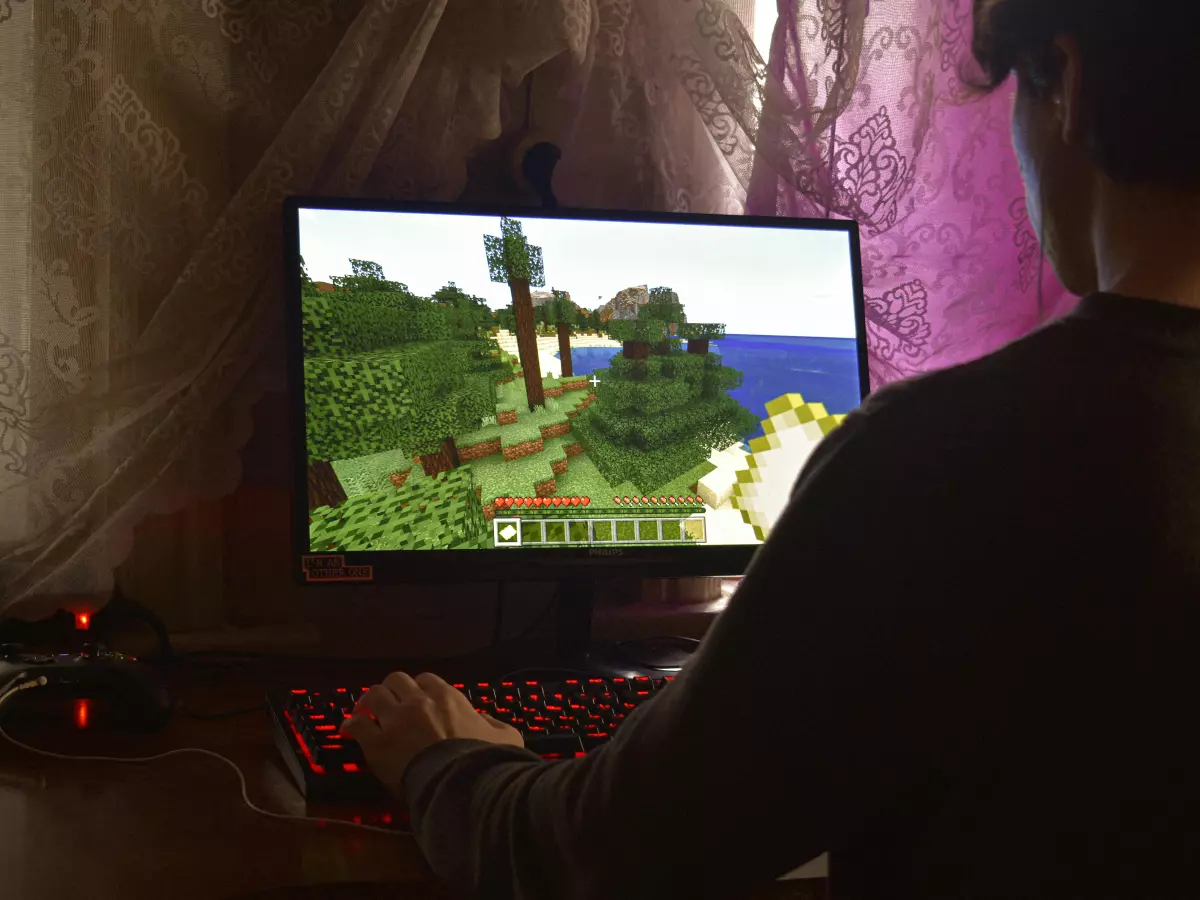Particle Power
Imagine you're playing your favorite action-packed game, and suddenly, a massive explosion lights up the screen. Sparks fly, smoke billows, and debris scatters in every direction. It's a visual feast, and you can't help but wonder—how do game engines pull off such stunning particle effects without melting your GPU?

By Hannah White
Particle effects are everywhere in modern games, from the subtle shimmer of a magic spell to the chaotic aftermath of a grenade blast. But here's the kicker: these effects aren't just random pixels flying around. They're meticulously crafted using complex systems within game engines that make them look realistic, dynamic, and—most importantly—efficient. So, how do game engines handle particle effects, and why are they so important to the overall gaming experience?
First, let's break it down. Particle effects are essentially a collection of tiny images or 'sprites' that, when combined, create the illusion of complex phenomena like fire, smoke, rain, or dust. These sprites are controlled by a particle system, which is a set of rules that dictate how each particle behaves. Think of it like a choreographer directing thousands of tiny dancers in a perfectly synchronized performance. The result? Visual magic.
The Science Behind the Magic
At the heart of every particle system is a set of parameters that control how particles are emitted, how they move, and how they die. These parameters include things like velocity, lifespan, size, color, and even gravity. Game developers can tweak these settings to create a wide range of effects, from the gentle fall of snowflakes to the violent eruption of a volcano.
But here's where it gets really interesting. Game engines don't just throw a bunch of particles on the screen and hope for the best. They use sophisticated algorithms to optimize performance and ensure that the particle effects don't bog down the game. For example, many engines use a technique called 'culling,' which hides particles that are off-screen or too far away to be seen. This reduces the number of particles the engine has to render, saving precious processing power.
Another key technique is 'billboarding,' where each particle is always oriented to face the camera. This gives the illusion of depth and volume without the need for complex 3D models, making the effect look more realistic while keeping the computational load light.
GPU to the Rescue
Now, you might be wondering, "How can my gaming rig handle thousands of particles without turning into a slideshow?" The answer lies in the GPU. Modern game engines offload most of the heavy lifting for particle effects to the GPU, which is designed to handle parallel processing tasks like rendering thousands of individual particles.
GPUs use something called 'shader programs' to control how particles are rendered. These shaders can be customized to create all sorts of effects, from glowing embers to swirling smoke. The beauty of this approach is that it allows developers to create complex, dynamic particle effects without overwhelming the CPU, which is busy handling other tasks like AI, physics, and game logic.
Real-Time Adjustments
One of the coolest things about modern particle systems is their ability to react to the game world in real-time. For example, in many games, particle effects can be influenced by environmental factors like wind, gravity, and even collisions with other objects. This adds an extra layer of realism and immersion to the game, making the world feel more alive and dynamic.
Some game engines even allow for interactive particle effects, where the player can directly influence the behavior of particles. Imagine casting a fireball spell in a fantasy RPG and watching as the flames swirl and dance around your character, reacting to your movements and the environment. It's these kinds of details that make particle effects such a crucial part of the gaming experience.
The Future of Particle Effects
So, what's next for particle effects in gaming? As game engines continue to evolve, we're likely to see even more advanced particle systems that push the boundaries of what's possible. With the rise of real-time ray tracing and other cutting-edge rendering techniques, particle effects are becoming more realistic than ever before.
In the future, we might see particle systems that can simulate even more complex phenomena, like fluid dynamics or volumetric clouds. Imagine a game where the smoke from an explosion behaves exactly like it would in real life, swirling and dissipating based on the wind and other environmental factors. Or a game where fire spreads realistically, consuming objects and leaving behind charred remains.
Of course, with great power comes great responsibility. As particle systems become more advanced, they also become more demanding on hardware. But with the continued development of GPUs and other gaming technologies, it's only a matter of time before these effects become standard in even the most demanding games.
So, the next time you're playing a game and marveling at the stunning particle effects, remember that there's a lot more going on behind the scenes than meets the eye. From the careful choreography of particle systems to the raw power of the GPU, game engines are working overtime to create the magic that keeps us all glued to our screens.





